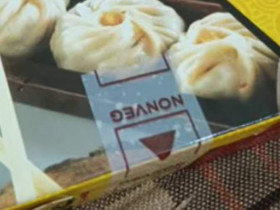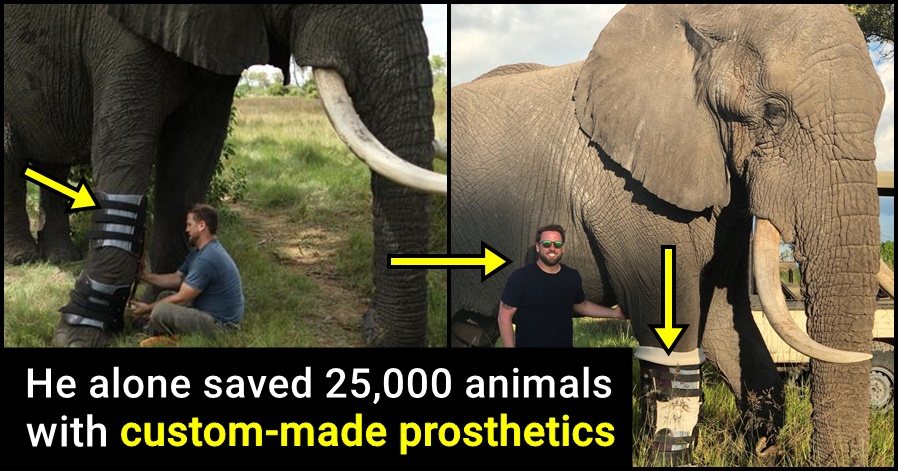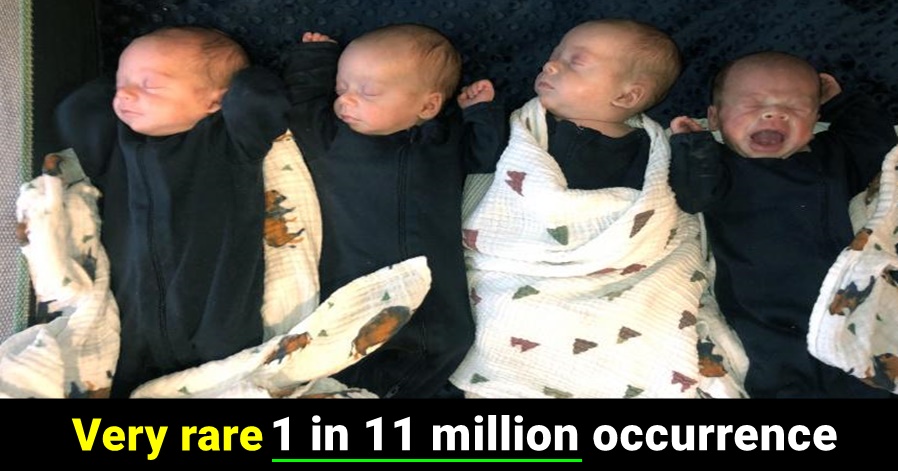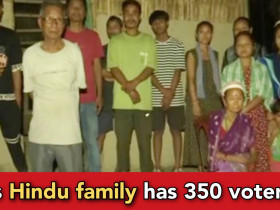The ultimate aim of a civil servant is to make a huge difference in people’s lives. Time and time again, they have proved that they are worth the weight in gold. Once they decide to bring a change, there is nothing that can stop them. One such classic example was recently seen in Chhattisgarh’s Ambikapur city in Surguja district where the most honest IAS officer turned the dirtiest town to India’s cleanest small city.
She is Ritu Sain, a 2003-batch IAS officer who made a huge difference in the town by converting the stinking place into a clean town so that people would live happily. She recalls her old memories when she initially stepped into this town. The moment she entered, she couldn’t bear the smell and it was then she decided to bring a change.

“There was a big signpost welcoming people to the municipal corporation of Ambikapur, and bang opposite that was a huge open dumping yard. The stink was unbearable. I thought to myself, what kind of impression the city would create if this was the first thing a person saw after entering,” she said.
For Sain, duty and responsibility come ahead of anything else. She took charge of the city as the collector and she knew exactly what she was doing to tackle the challenges. “There was no looking back since that day. I was clear about what I wanted to do,” Sain, now Chhattisgarh’s additional resident commissioner in Delhi, said.
“It was a challenge. The city with a population of 1,45,000 had meagre funds and hardly any capacity to take up the cleaning task. I knew whatever I did would have to be participatory, viable and replicable,” Sain, who pursued international relations from Delhi’s Jawaharlal Nehru University told Hindustan Times.
Thus after studying a broad spectrum of the problem, Sain made a decisive plan with variously available stakeholders and started the solid and liquid resource management model on a pilot basis.
Women from several Self Help Groups (SHG) were asked assistance and a 3-member team containing SHG workers were formed and each team was assigned a 100 households from where they had collect garbage from door to door.
A garbage clinic was launched where the women divide the collected garbage into 24 categories of organic and inorganic waste. After the 3rd and final round of micro separation was done, the refined and cleaned waste is sold to scrap dealers.
By May 2016, all 48 wards of the city were covered and then the municipality also fined per user charge for door-to-door collections. As of now, 447 women work from 7 am to 5 pm daily at 48 garbage segregation centres with safety measures who also undergo health checkups on a regular basis.
Finally, the 16-acre dumping yard has been transformed into a sanitation awareness park. Then the 200 flooded community dustbins have now finally been replaced with only five
“It’s a self-sustaining model. Each woman gets to earn Rs 5,000 per month from user fee and sale of recyclables. We have spent Rs 6 crore to put the entire infrastructure in place and have already earned Rs 2 crore. The money earned is being spent on the sanitation workers,” Sain said.
Due to her efforts, Ambikapur has been declared as the cleanest smallest city in 2018 cleanliness survey by the Union Housing and Urban Affairs Ministry. “It’s very fulfilling to see that something we started has come so far and is sustaining itself,” Sain said.












